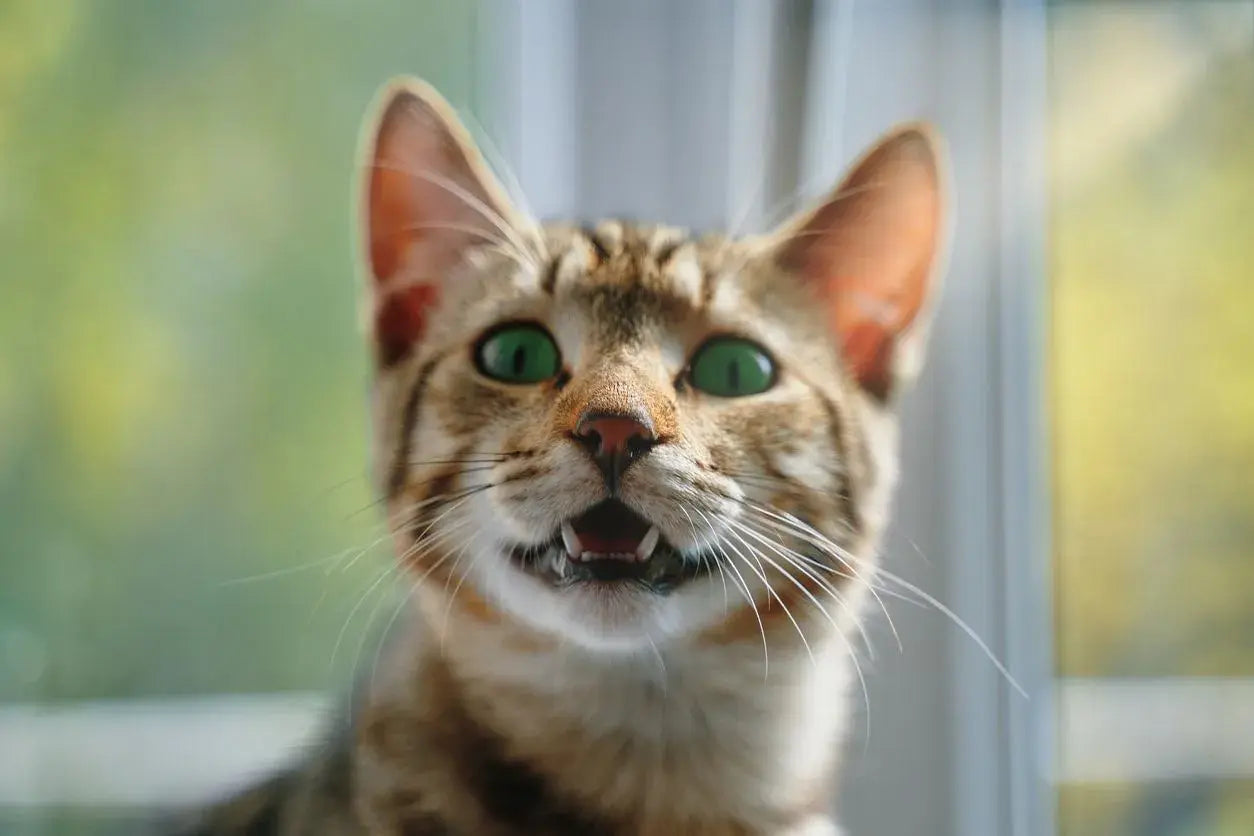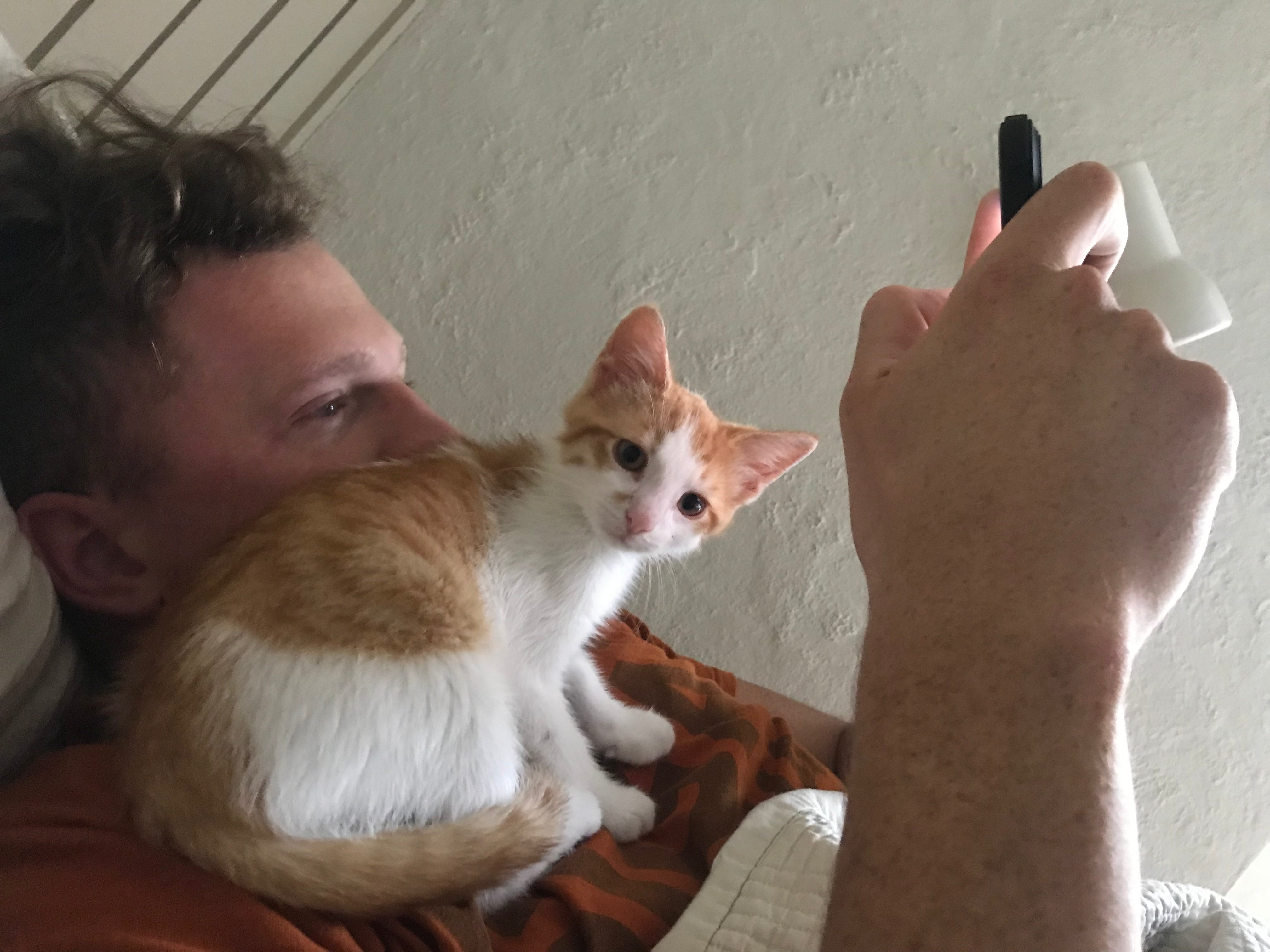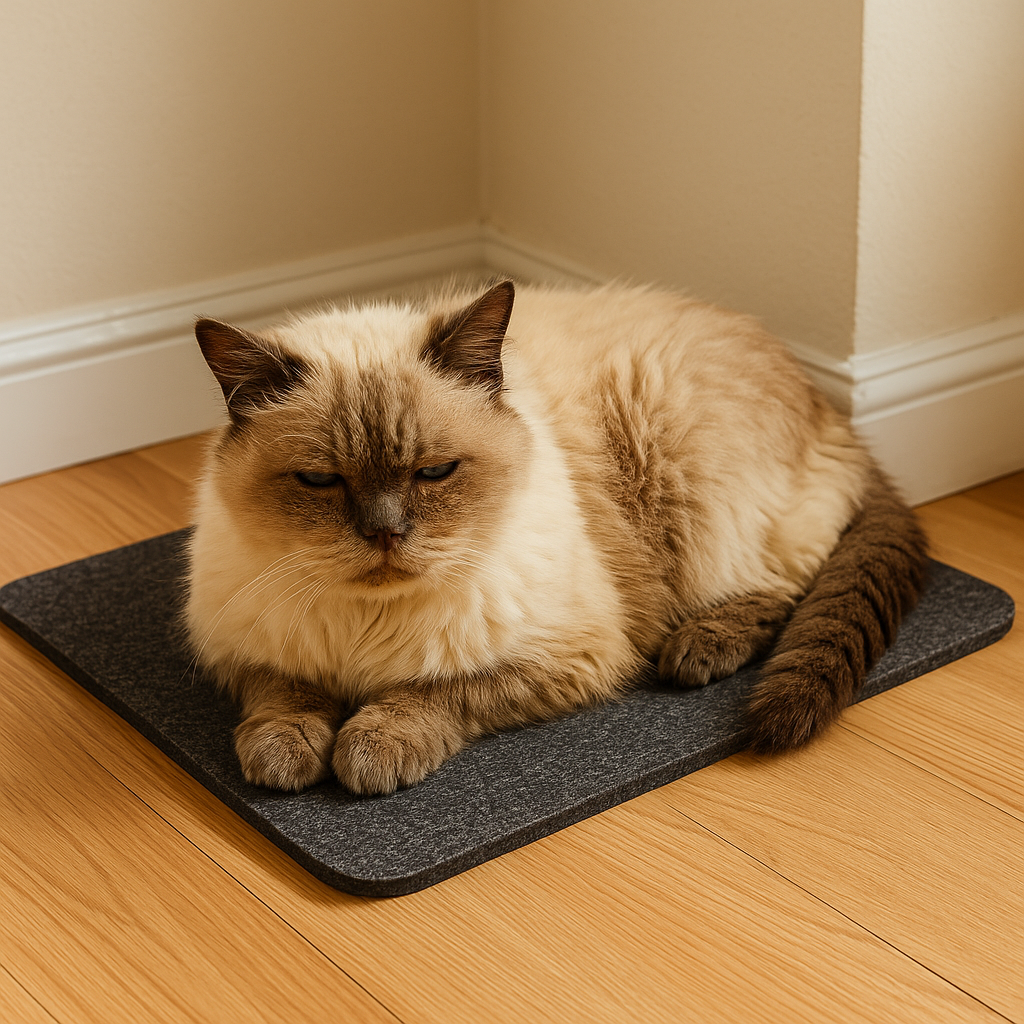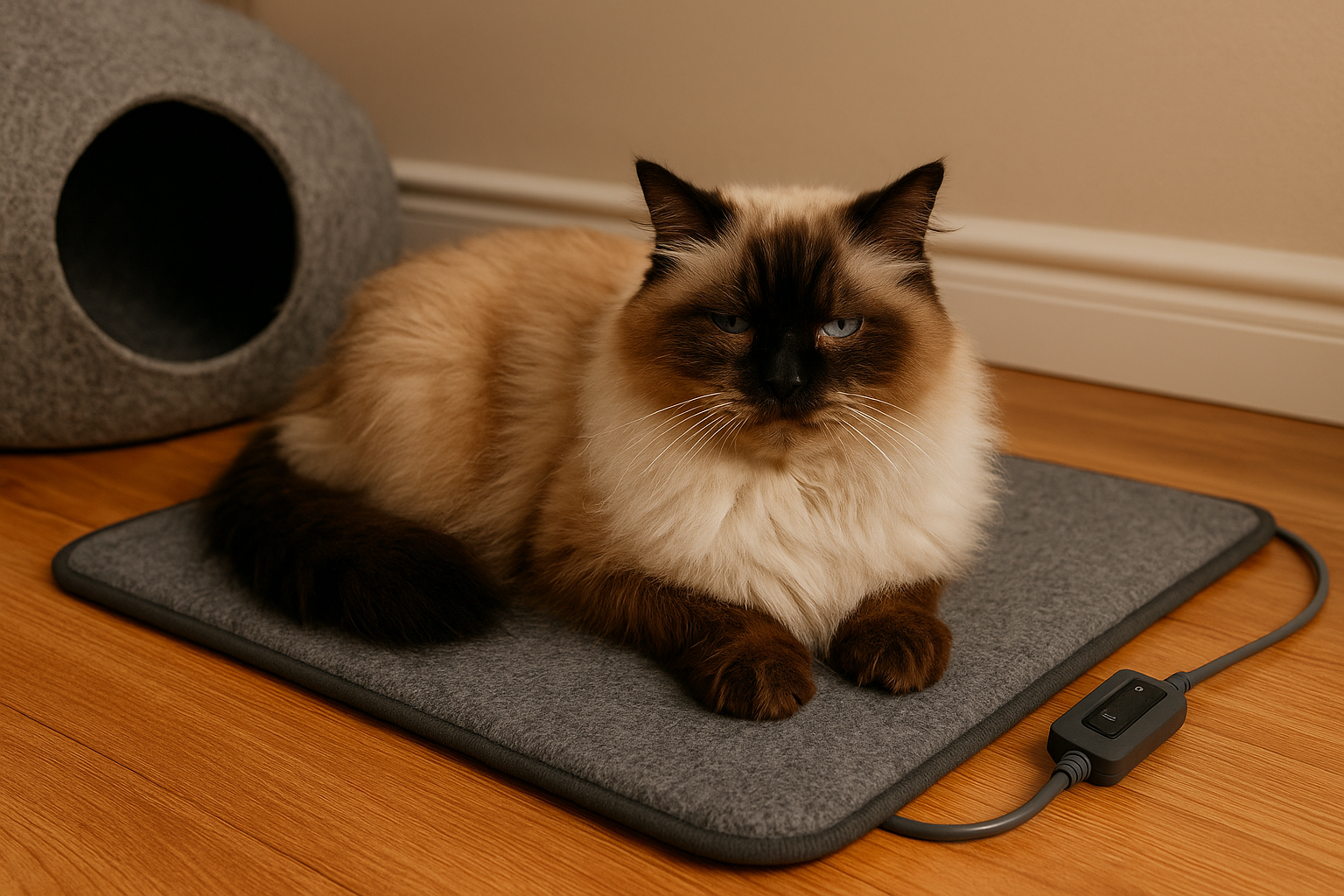Common Cat Dental Issues: 2025 Vet Guide Tips to Keep Teeth Healthy 🦷

In this article
Common Cat Dental Issues: 2025 Vet Guide Tips to Keep Teeth Healthy 🦷
By Dr. Duncan Houston BVSc
Did you know nearly 47% of domestic cats suffer from some form of dental disease? 🐱 Oral health is often overlooked, but dental problems can lead to pain, changes in eating habits, and even more serious systemic issues. Understanding common feline dental issues is the first step toward prevention and treatment.
Dental Plaque & Tartar: The Silent Culprits
Dental plaque is a sticky film of bacteria and food particles that forms on teeth. If not removed, it hardens into tartar, which can inflame gums and lead to periodontal disease. Symptoms include:
-
Yellow or brown buildup on teeth
-
Bad breath (halitosis)
-
Drooling or difficulty eating
Preventative measures:
-
Regular tooth brushing with cat-safe toothpaste
-
Dental chews and diets designed to reduce plaque
-
Routine vet dental check-ups
🔴 Gingivitis: Early Gum Disease
Gingivitis is the inflammation of the gums. Left untreated, it can progress to periodontitis, potentially causing tooth loss. Common signs include:
-
Red, swollen gums
-
Bad breath
-
Sensitivity while eating or chewing
Prompt veterinary care can help manage gingivitis and prevent more severe dental issues.
⚠️ Tooth Resorption: Pain Beneath the Surface
Tooth resorption occurs when the tooth structure breaks down, usually starting at the root. This condition is irreversible and often painful. Signs include:
-
Changes in eating habits
-
Dropping food while chewing
-
Reluctance to eat on one side
Treatment: Extractions are usually necessary to relieve pain and prevent further complications.
🩸 Stomatitis: Widespread Oral Inflammation
Stomatitis is a severe inflammation of the mouth. It can lead to:
-
Drooling
-
Decreased appetite
-
Weight loss
-
General discomfort
While the exact cause is unknown, it’s thought to be immune-mediated. Management may include medications, dental cleanings, and sometimes tooth extraction.
🧬 Oral Cancers: Early Detection Saves Lives
Cats, like humans, can develop oral cancers. The most common type is squamous cell carcinoma, a fast-growing tumor in the mouth. Early signs may include:
-
Unexplained oral swelling
-
Difficulty eating
-
Persistent bad breath
Action: Immediate veterinary evaluation and treatment are critical for improving quality of life.
🐾 Preventative Care for Healthy Cat Teeth
Taking care of your cat’s teeth doesn’t have to be complicated. Key strategies include:
-
Daily or regular tooth brushing with feline-safe toothpaste
-
Dental diets or chews to reduce plaque
-
Routine veterinary check-ups to catch issues early
Prevention not only helps avoid common cat dental problems but also supports overall feline health.
💬 From the Vet
“Oral health is vital for cats’ comfort and well-being. Regular dental care — brushing, chews, and check-ups — can prevent pain and serious complications, keeping your cat happy and healthy.” – Dr. Duncan Houston BVSc
🧸 Final Thoughts
Feline dental problems are common but often preventable. By staying aware of signs like bad breath, swollen gums, or changes in eating behavior, and by implementing preventative care, you can help your cat enjoy a pain-free, healthy mouth for life.








